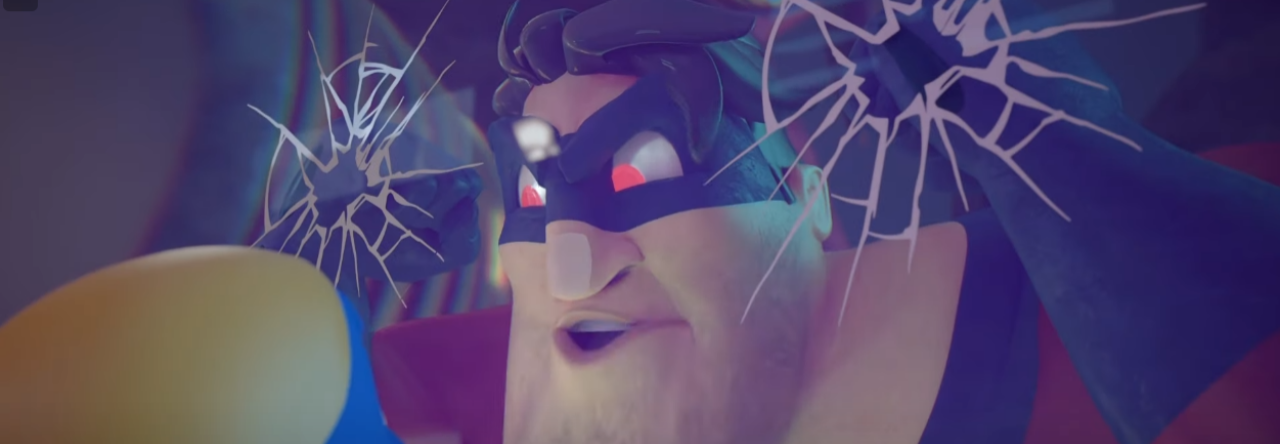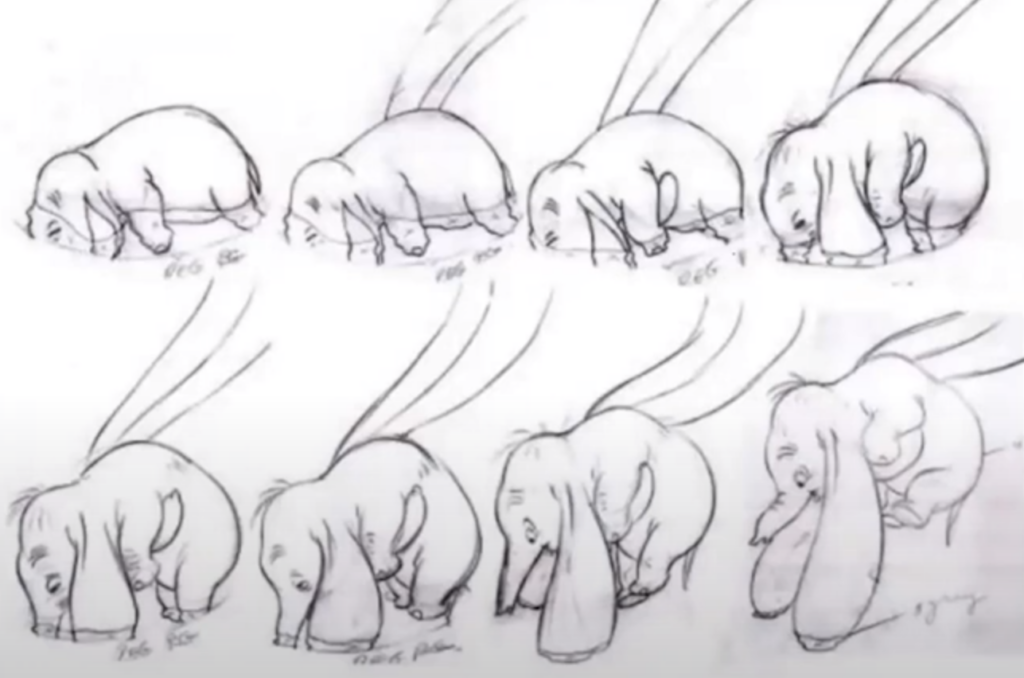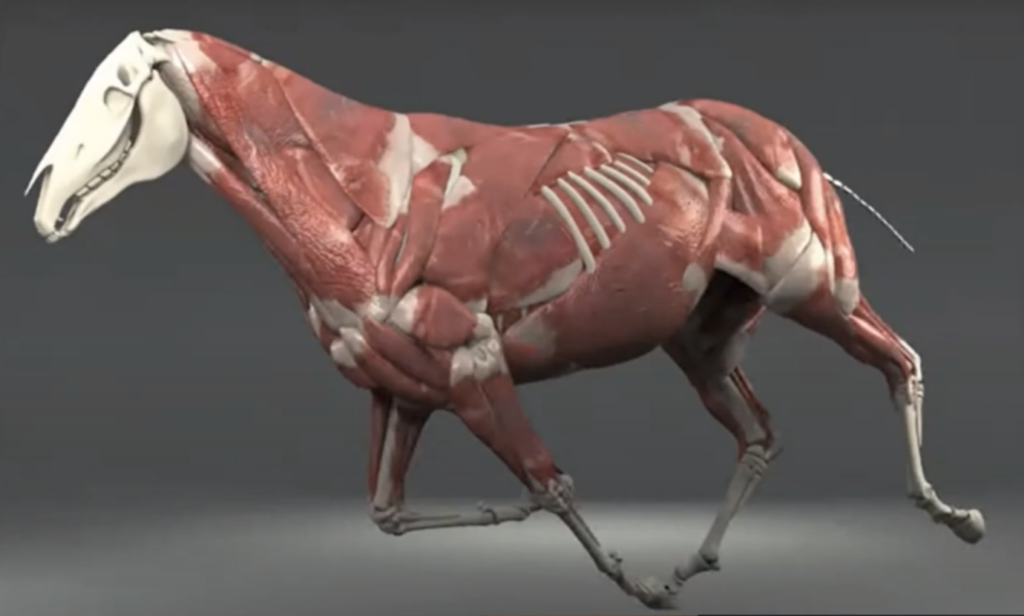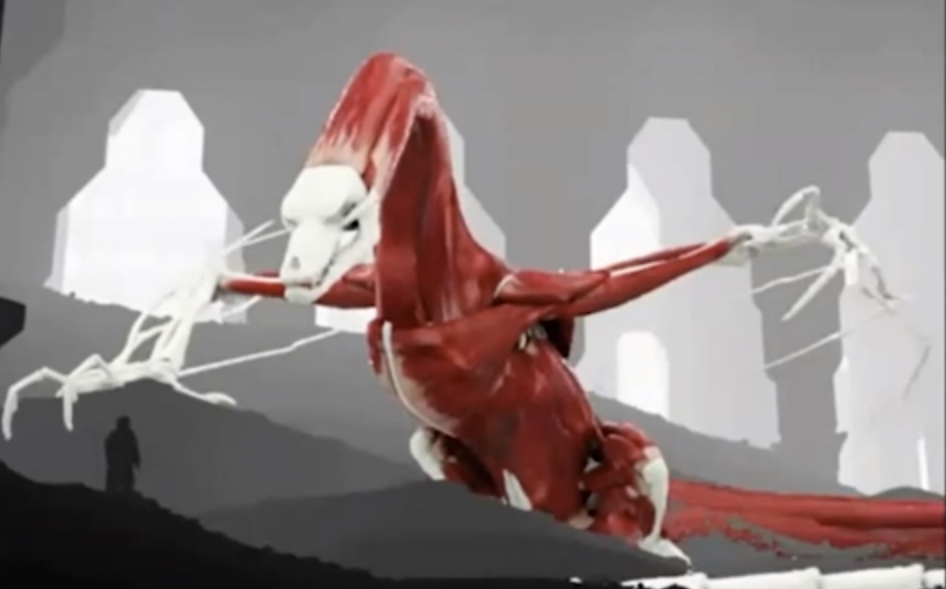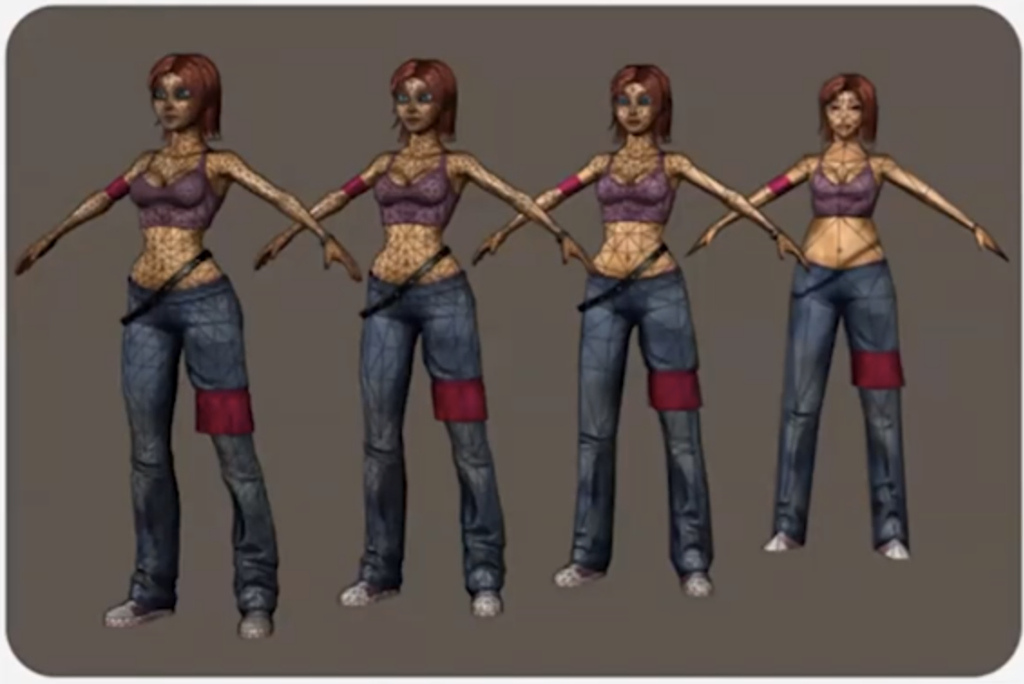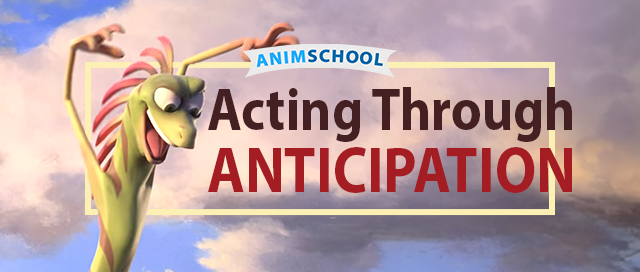
In animation, anticipation is what will sell your character’s action and intention. Animschool Instructor, Gwilym Morris steps through the importance of anticipation in animation. Anticipation doesn’t just add drama and believability to an action, but, by anticipating an action or a thought, you are preparing the audience for what is about to come. Successful anticipation can drive a character forward in space but also a plot forward in energy. By taking a few extra frames to build believable and interesting animation through anticipation, your piece will feel faster, better-paced, and more interesting.
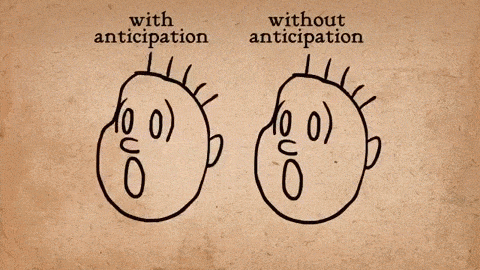
Animators use anticipation to prepare the audience for an upcoming event. For instance, when a character is about to move forward, they will move backwards first to help build up the momentum of the forward propulsion. By the same token, this prepares the audience for the motion of the character. A “surprise gag” is when the anticipation pose is left out altogether to create a feeling of surprise in the audience when the movement takes place.
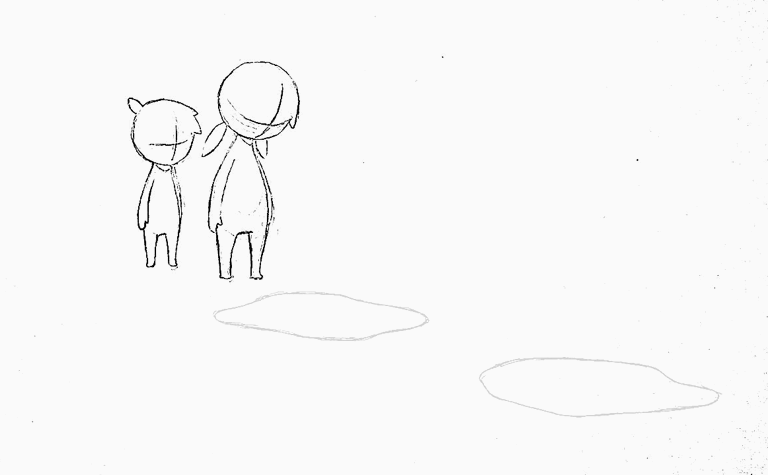
Anticipation, in addition to preparing the audience, adds texture and movement to the animation by helping it become more believable. Consider a runner getting ready to spring into action and leap into the air; before the main action, they will stoop down and “compress” in order to prepare to spring up and move against the forces of nature and have a greater buildup of momentum.
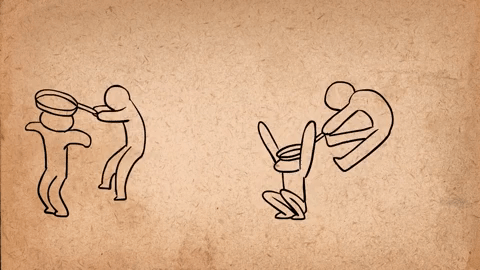
Anticipation can also be used to direct the audience’s attention somewhere. If a character is reacting to something happening off-screen, the audience may see this as a cue to prepare themselves to watch and wait for the main action. Depending on the nature of the reacting character, the audience can infer and anticipate what sort of action is about to occur. However, using anticipation in this way can also be a tool to mislead the audience. The audience may perceive something as a heavy object due to the character reacting a certain way, when it is actually very light.
Watch the full clip from an AnimSchool lecture here:
At AnimSchool, we teach students who want to make 3D characters move and act. Our instructors are professionals at film and game animation studios like Dreamworks, Pixar, Sony Pictures, Blizzard & Disney. Get LIVE feedback on your Animation from the pros.
Learn more at https://animschool.edu/

